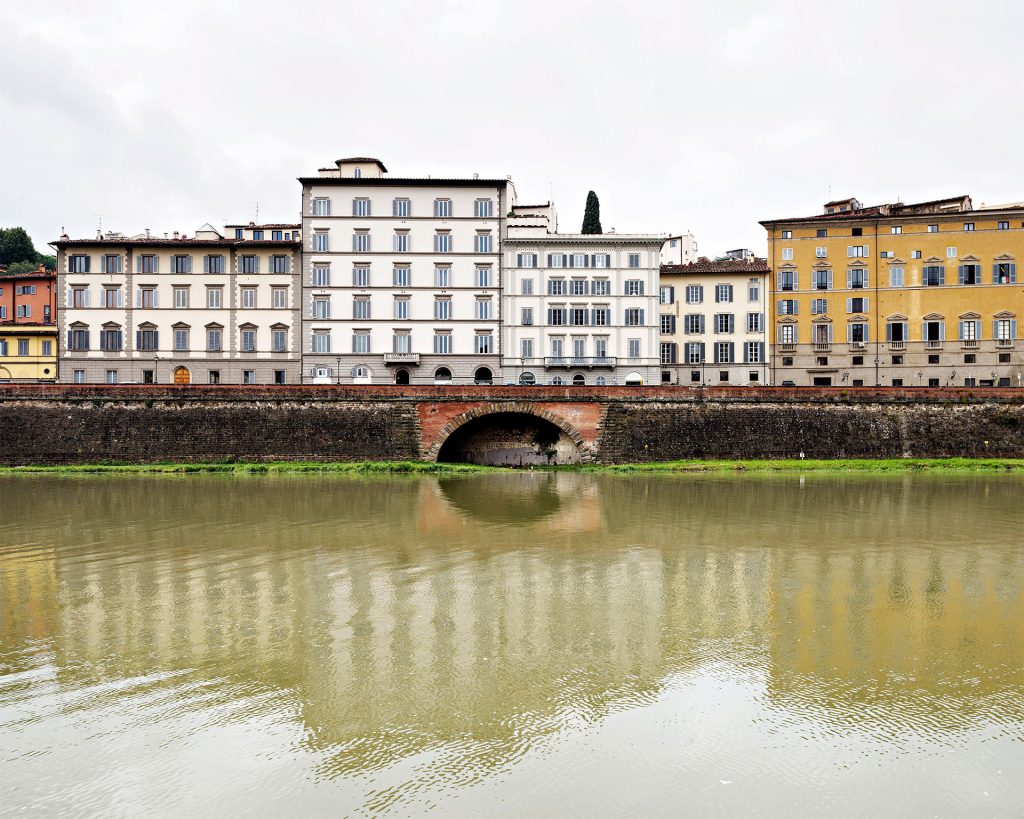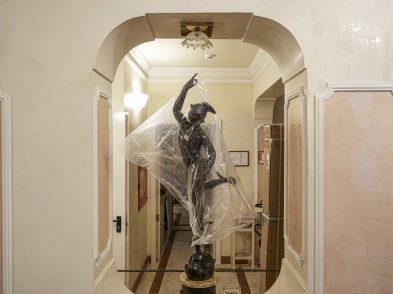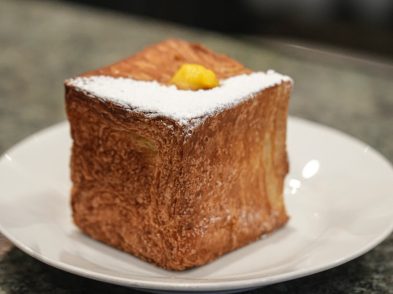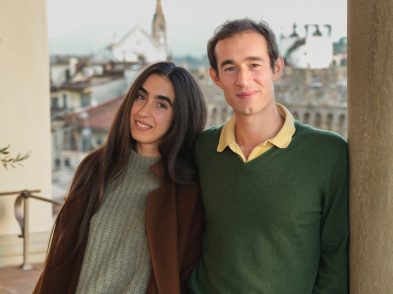It’s hard to find something that hasn’t already been seen in Florence, given the attention the city’s had for centuries. But therein lies the challenge: finding original viewpoints and sides of Florence in complete photo sets to show them to our audience. “Unseen” is a concept that extends beyond the visual dimension. There might be places or situations that truly haven’t been seen before as well as others that we know which are presented from totally different points of view. Email m.badiani@theflorentine.net with original photography in Florence to be featured on these pages.
The Hidden City: a photography project by David Virdis
As part of a project commissioned by Publiacqua in 2020, in partnership with the University of Florence, architect and photographer Davide Virdis immortalized a little-known subterranean spectacle, the aqueduct nestled beneath the area around Forte Belvedere and piazzale Michelangelo, reached by climbing via dell’Erta Canina.
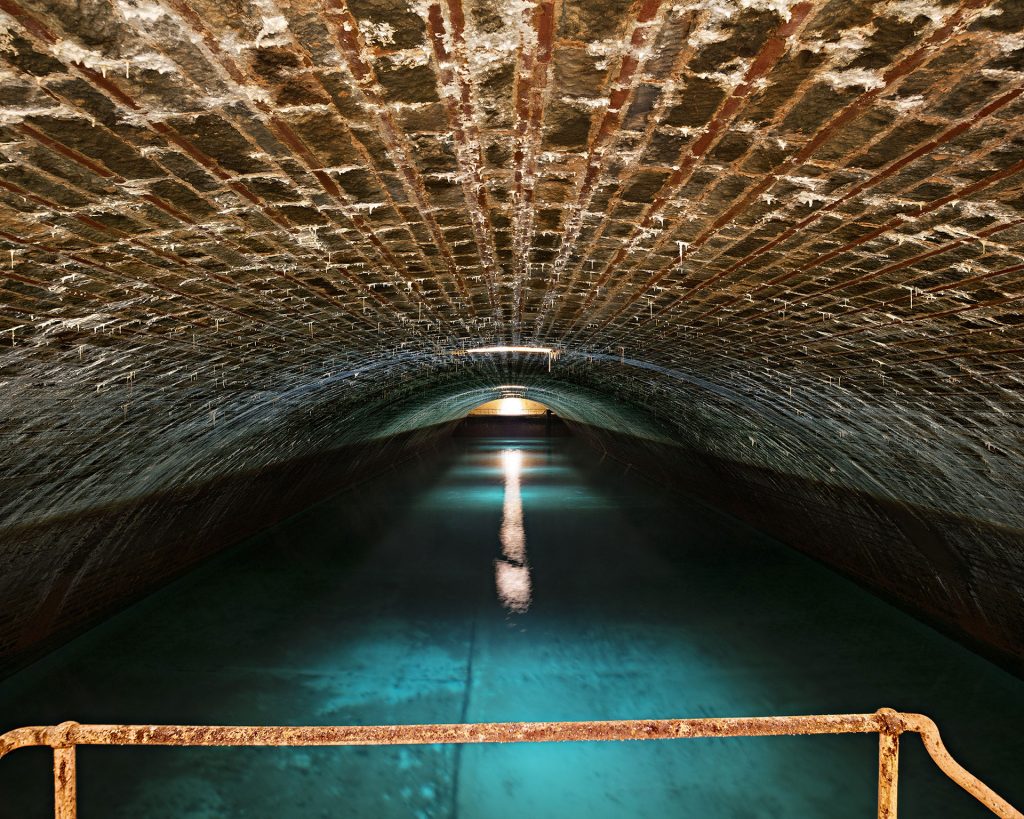
Virdis detailed, “I chose to set up the photographic work with the intention of not limiting myself to the search for formal rigour that’s typical of architectural documentation, in favour of a greater emotional involvement with the atmosphere and the perceptual experience of the observer, compared to the cold representation of architectural detail.”
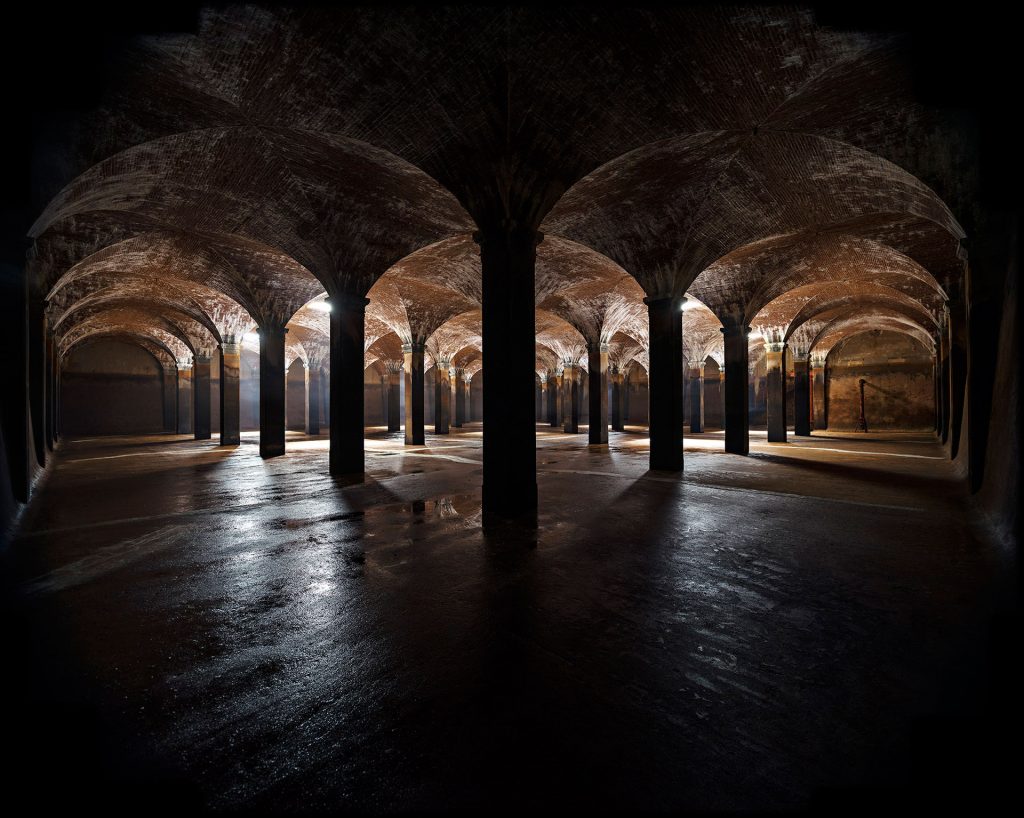
“The historical infrastructure of an aqueduct almost always have a key trait, an external envelope usually characterized by an ennobled architectural aspect, in keeping with the importance of their role for the life of the community, corresponding to an underground development dedicated to the operational relationship with the water that’s completely hidden, often majestic, unpredictable and surprising.”
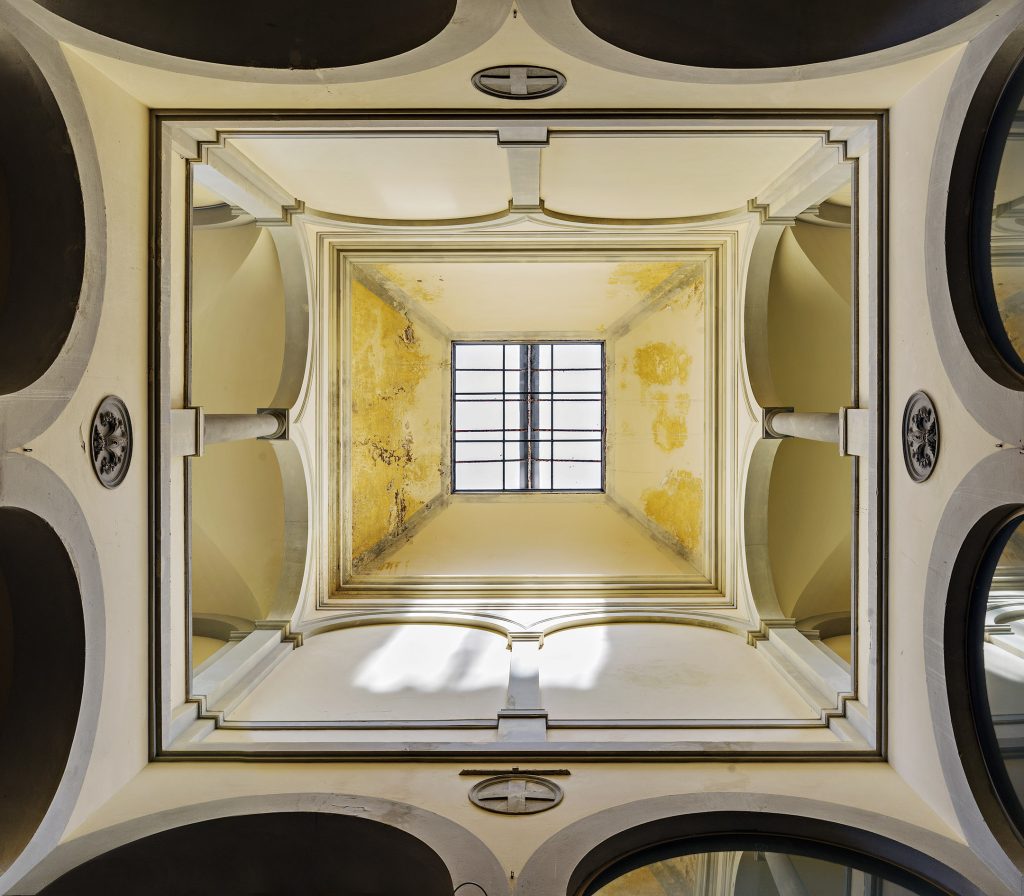
“I tried to convey the emotion of discovery, the wonder of being in an unexpected place, recording only what the eyes saw, without changing the state of the places with the inclusion of additional lights. The low light required my eye to get used to the dim light, requiring the camera to have the same adaptation time with long exposures. A photographer’s fortune is often to gain access to places where others cannot. Constructed in the 1860s when Florence became the capital of Italy, I photographed the Carraia and Pellegrino aqueducts in the Pescaia of San Niccolò, a structure under piazzale Michelangelo right beneath where people enjoy an aperitivo. It’s where the water of the River Arno was pumped and circulated around Florence.”
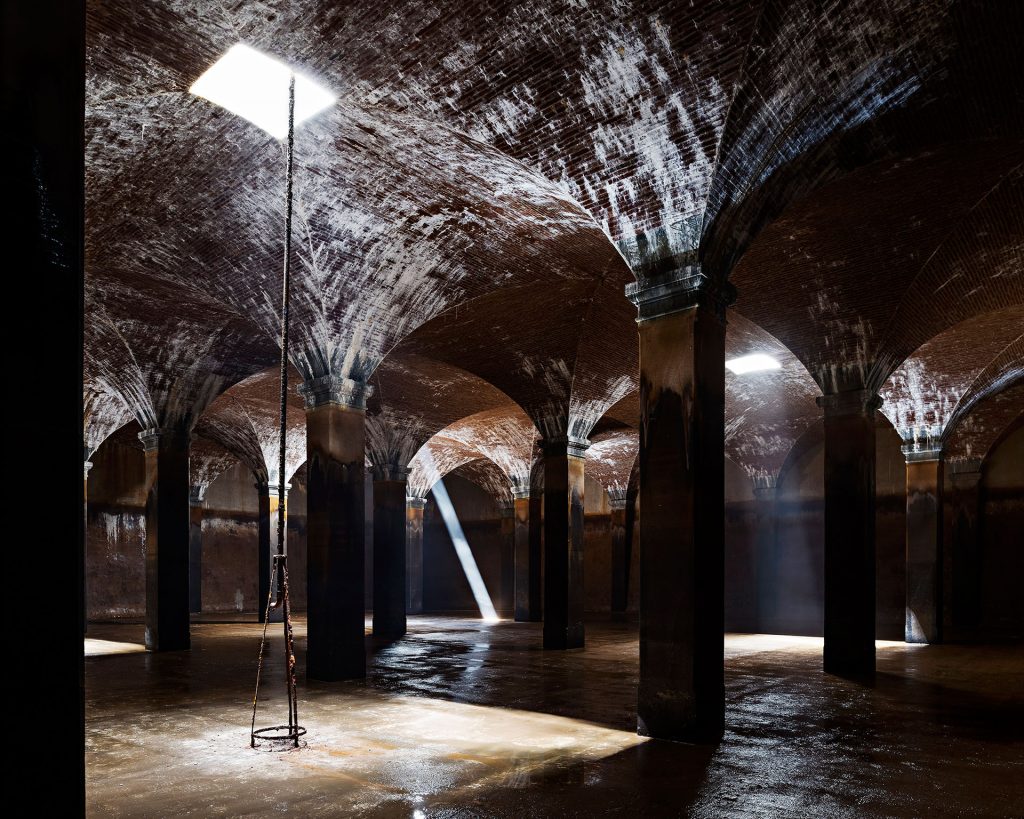
“What’s most fascinating is the columns, it’s a magic space. It almost seems like the crypt of a church or a cathedral, when in fact it’s the cistern of an aqueduct.”
